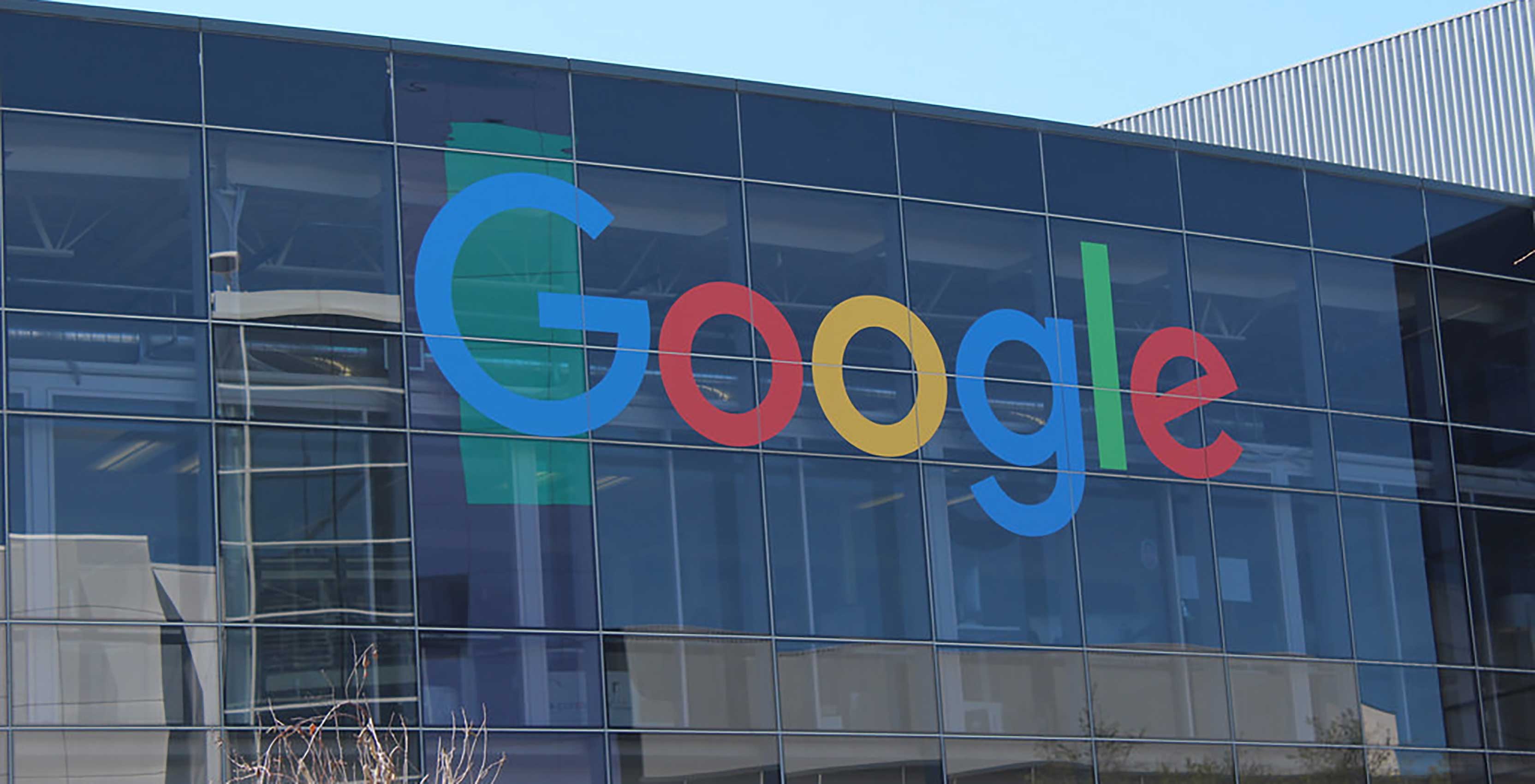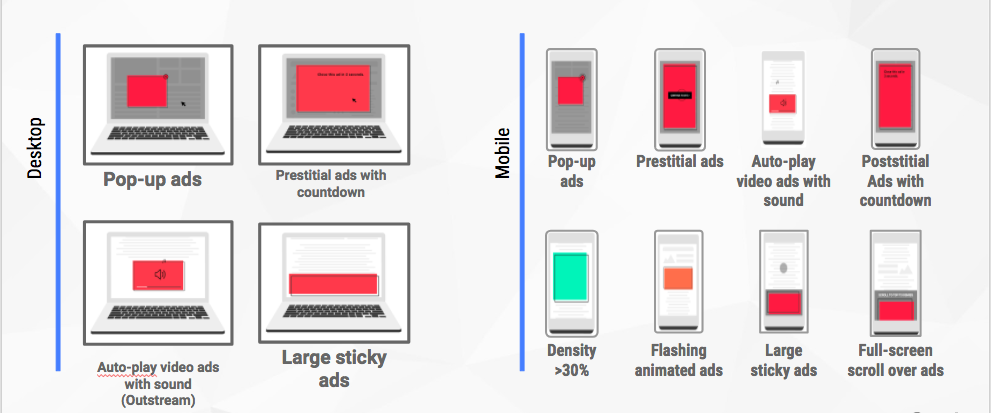
February 15th, 2018 is going to go down in history as the day that Google — the company that generates a vast swath of its annual revenue from online advertising — made a move to limit ads on the internet.
As of tomorrow, Google’s Chrome web browser will remove ads from sites that don’t conform to the Coalition for Better Ads’ Better Ads Standards.
The standards were developed after the Coalition surveyed over 40,000 internet users in North America and Europe to determine the four desktop ad categories and eight mobile ad categories that users found especially egregious.
Among some of the least-preferred ads include pop-ads, ads that autoplay videos with sound, full-screen scrollover ads on mobile, flashing animated ads, and ads that block access to a page through a countdown mechanism.

To Google’s credit, the company has previously explained how precisely it plans on regulating intrusive and otherwise annoying ads online.
However, a February 14th, 2018 Chromium blog post written by Chrome engineering manager Chris Bentzel now goes into far more detail.
As one can imagine, Google Chrome won’t include a built-in ad blocker. Instead, the browser’s ad filter will check the site against a list of known pages that violate the Better Ads Standards.
If the website comes up, then network requests for ads will be rejected based on a list of known ad-related URL patterns.
Bentzel explains that this pattern list is based on the EasyList filter rules, which is used by Adblock to prevent ads from loading on websites.
“Depending on how many violations of the Better Ads Standard are found, the site will be evaluated as having a status of Passing, Warning or Failing,” says Bentzel, in his February release.
“Site owners can also see more detailed results, such as the specific violations of the Better Ads Standards that were found, via the Ad Experience report in Google’s Search Console.”
Site owners will also be able to request website re-evaluations through the Search Console.
“Although a few of the ad experiences that violate that Better Ads Standards are problems in the advertisement itself, the majority of problematic ad experiences are controlled by the site owner — such as high ad density or prestitial ads with countdown,” says Bentzel.
“Depending on how many violations of the Better Ads Standards are found, the site will be evaluated as having a status of Passing, Warning or failing.”
For those websites that do fail Google’s tests, notifications will alert users that ads have been blocked on the site.
For desktop users, Bentzel says that the notification will resemble Chrome’s existing pop-up blocker notification. Mobile users will simply receive an alert at the bottom of the screen indicating that ads have been blocked.
If users want to view blocked ads, they can choose to do so by selecting the ‘allow ads on this site’ setting.
No doubt attempting to address revenue concerns, Bentzel explains that Google’s goal isn’t to “filter any ads at all, but to improve the experience for all web users.”
“As of February 12, 42 percent of sites which were failing the Better Ads Standards have resolved their issues and are now passing,” says Bentzel. “This is the outcome we…are hoping for — that sites would take steps to fix intrusive ads experiences themselves and benefit all web users.”
Source: Chromium blog
MobileSyrup may earn a commission from purchases made via our links, which helps fund the journalism we provide free on our website. These links do not influence our editorial content. Support us here.


